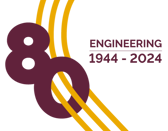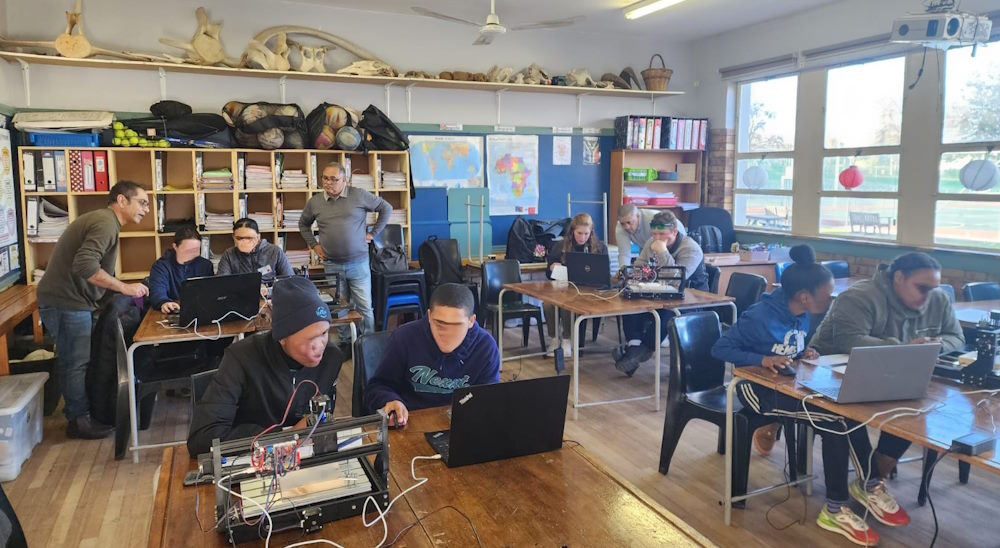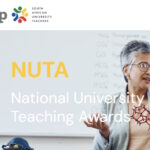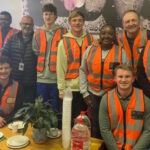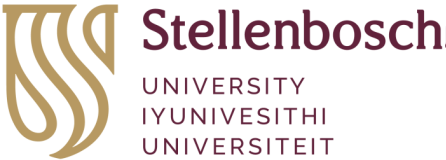The Mechanical and Mechatronic Engineering Department is committed to excellence and diversity in our teaching and research. We achieve this through close collaboration and interaction with our various stakeholders and business partners. Our Department values industry collaborations as it helps us to maintain a current, diverse, inclusive and equitable learning environment in which young people of all social identities can thrive.
Our academics share published research articles on various platforms. They engage with industry to learn more about new technology or to share their teaching expertise. They also regularly participate in conferences and exhibitions locally and worldwide. This helps us and our students to understand and respect multiple perspectives and backgrounds in teaching and research.
There are many more reasons to value collaboration, but for now we would like to highlight the recent engagement with Automation Works and Automation Works Training Facility.
During the July recess, Professor Nawaz Mahomed and lecturer, Llewellyn Cupido availed themselves for a three-day Winter School in Swellendam, called Technobuzz. They assisted one of our business partners, Automation Works and Automation Works Training Facility, to introduce technology to school learners, some of whom were given this opportunity for the first time.
Llewellyn Cupido is a doctoral candidate. Llewellyn’s research is in Materials Engineering, focusing on high-temperature exposure of high-alloy steels, phase-field modelling, among other areas of mechanical metallurgy. His last paper published in 2022 is titled “Effect of corrosion thinning on depth of operation: Case study of an HY-80 steel submarine pressure hull.”
Professor Mahomed, an inspiring teacher who ensures that he reaches all students of all social backgrounds, has been with our Department since 2015. He lectures in machine design and his research is in solidification of metals, tracking and atmospheric entry of space objects, as well as various other applications in computational and experimental mechanics.
The contribution by the Department to the Technobuzz programme this year involved the use of desktop CNC milling machines, where leaners were required to design a cutting tool path (using
some algebra from their math’s curriculum), programme the CAM software with the required G Code, and then test their coding on the milling machining to produce an actual machined part.
Through such exercises, learners can see the relevance of their curricula in terms of actual real applications, which is often lacking. As an example, learners do not make the connection between studying the parabola in mathematics and the parabolic dish antenna!


